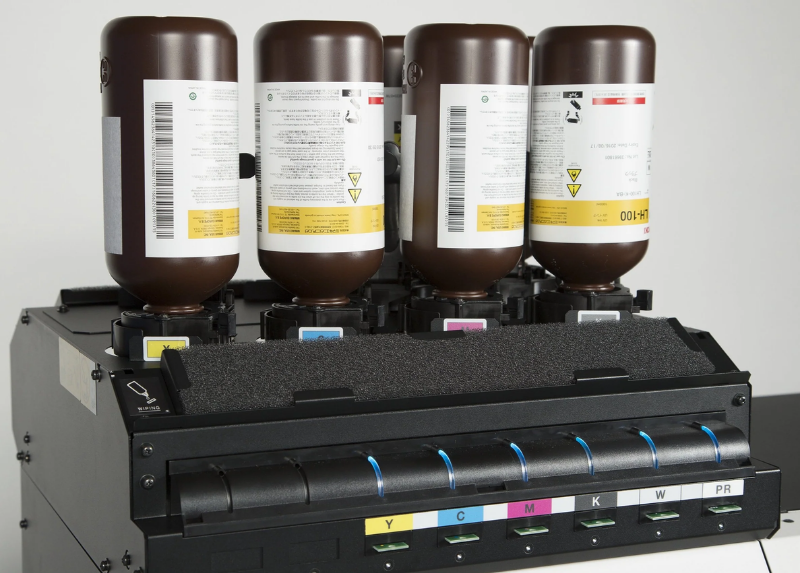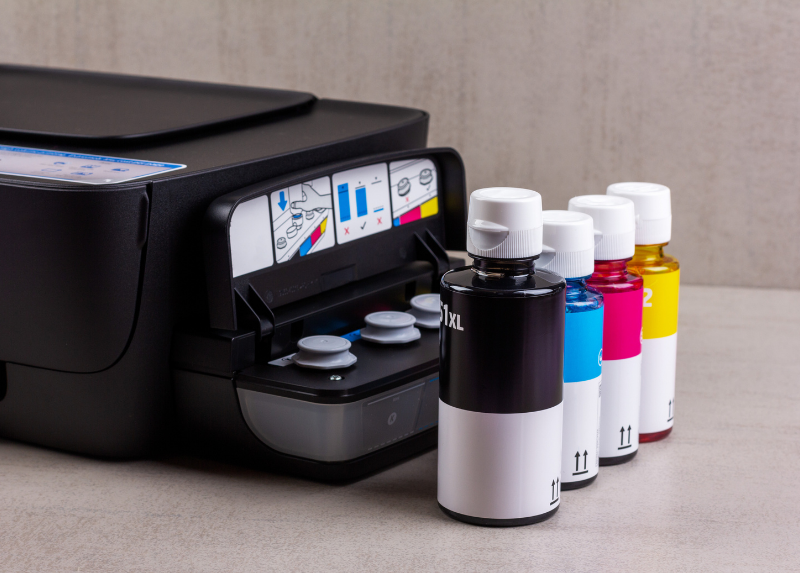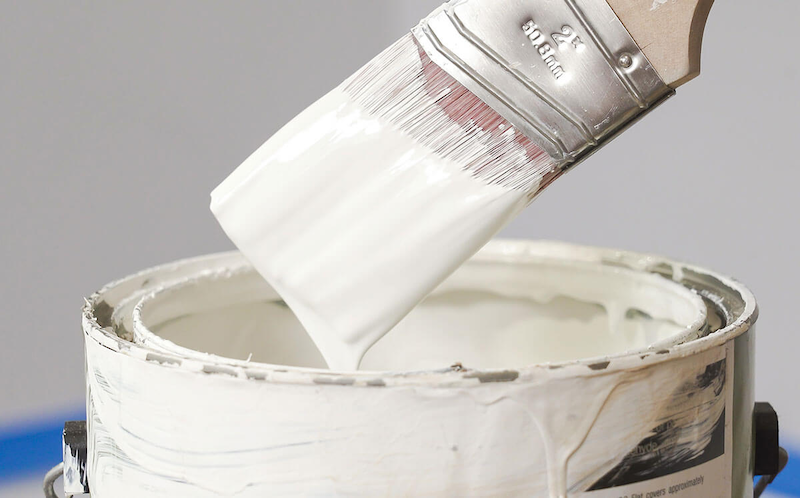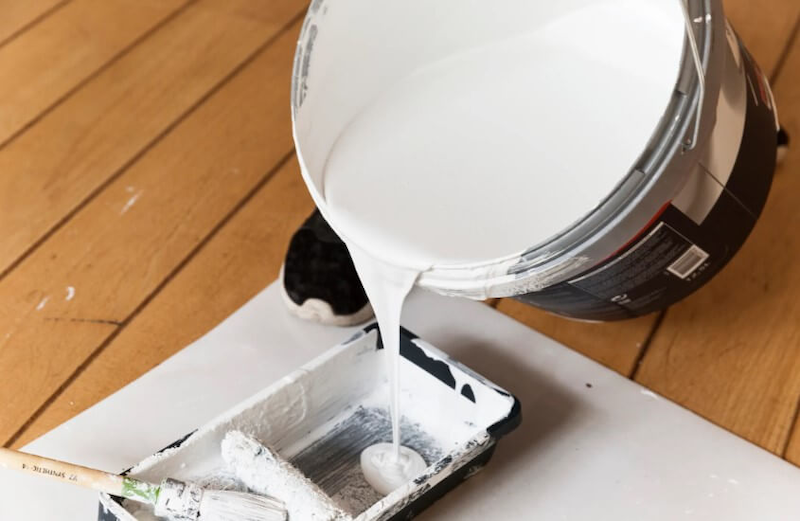Methyl isobutyl ketone (MIBK): Properties, Preparation Process, Applications
14/07/2025
|
Industry news
Methyl isobutyl ketone (MIBK) is a compound widely used in the production of plastics, paints, inks, adhesives, and more. So, what exactly is the methyl isobutyl ketone (MIBK) solvent? What are its characteristic properties and specific preparation process? Let’s find out in the article below!
What is the methyl isobutyl ketone (MIBK) solvent?
Methyl isobutyl ketone (MIBK) is an organic compound with the chemical formula (CH₃)₂CHCH₂C(O)CH₃. It is a type of ketone that belongs to the group of industrial solvents and is commonly used in various applications due to its chemical and physical properties.

Physical and Chemical Properties of MIBK
Physical Properties
- Appearance: MIBK is a colorless liquid with a mild, characteristic camphor-like odor.
- Molecular weight: 100.16 g/mol
- Boiling point: 117 – 118°C (at atmospheric pressure)
- Melting point: -84°C
- Density: Approximately 0.801 g/cm³ at 20°C
Water solubility: Slightly soluble in water (about 19 g/L at 20°C), but readily soluble in organic solvents such as ethanol, ether, benzene, and acetone.
Chemical Properties
- Ketone group characteristics
- MIBK contains the carbonyl functional group (C=O), which allows it to undergo typical ketone reactions such as aldol condensation, reactions with Grignard reagents, or reduction into secondary alcohols.
- It can be oxidized under strong conditions, though this is less common since it is a ketone (lacking alpha-hydrogens that are easily oxidized like in aldehydes).
- Stability: MIBK is relatively stable under normal conditions but can decompose when exposed to high temperatures or strong oxidizing agents.
- Reactivity with acids/bases: It does not react strongly with common acids or bases but can form complexes with some Lewis acids.
- Solubility capability: It is an excellent solvent for many organic compounds such as resins, paints, varnishes, and fats, thanks to the moderate polarity of the ketone group.
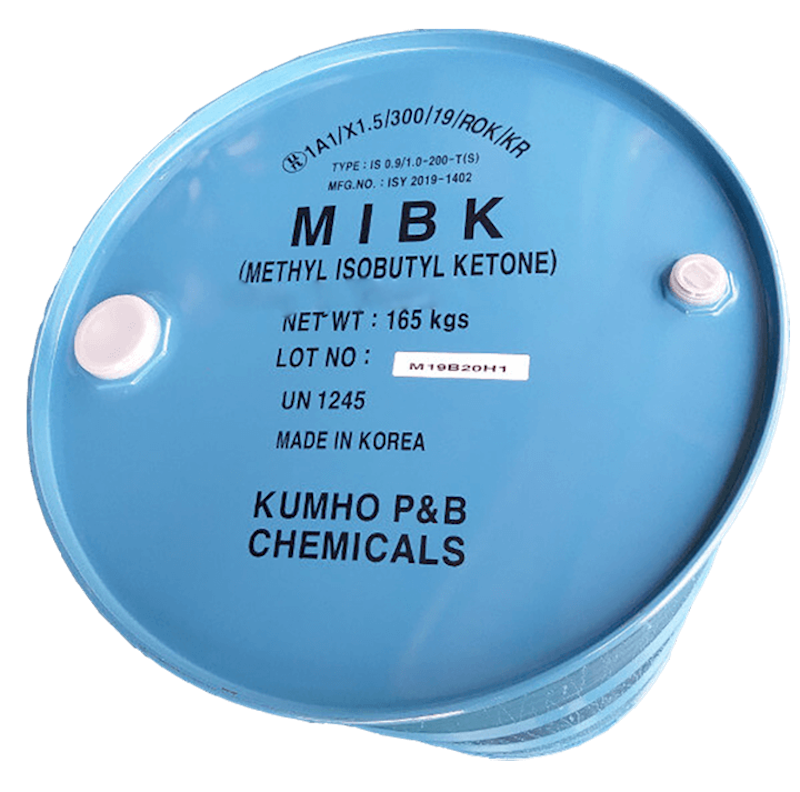
Process of Synthesizing Methyl Isobutyl Ketone
Typically, Methyl Isobutyl Ketone (MIBK) is synthesized on an industrial scale or in laboratories through a process starting from acetone, specifically as follows:
Step 1: Aldol Condensation
- Two acetone molecules undergo condensation in an alkaline medium to form diacetone alcohol (DAA).
- Reaction: 2 CH₃COCH₃ → CH₃COCH₂C(OH)(CH₃)₂
Step 2: Dehydration
- The diacetone alcohol is then treated with an acid catalyst (such as H₂SO₄ or H₃PO₄) to remove water, forming mesityl oxide (MO), an unsaturated compound with the formula CH₃COCH=C(CH₃)₂.
- Reaction: CH₃COCH₂C(OH)(CH₃)₂ → CH₃COCH=C(CH₃)₂ + H₂O
- Conditions: Temperature around 100–130°C, acid catalyst.
Step 3: Hydrogenation
- Mesityl oxide is hydrogenated using hydrogen gas (H₂) in the presence of a metal catalyst such as Ni, Pd, or Pt, to produce MIBK.
- Reaction: CH₃COCH=C(CH₃)₂ + H₂ → CH₃COCH₂CH(CH₃)₂
- Conditions: Temperature of 100 – 200°C, high pressure (typically 10 – 50 atm), metal catalyst.
Applications of Methyl Isobutyl Ketone (MIBK) in Industry
- Widely used as a solvent in the production of paints, varnishes, and coatings.
- A component in many adhesive and glue formulations, enhancing miscibility and product durability.
- In the chemical industry, MIBK serves as an extraction solvent in metal refining processes (e.g., extracting uranium or other precious metals from ore) due to its high selectivity.
- Used in printing inks, particularly for gravure and flexographic printing, thanks to its good solubility and suitable evaporation rate.
- Additionally, MIBK can be found in industrial cleaning products for removing grease and oils.

Precautions When Using MIBK
- Toxicity: MIBK may cause irritation to the eyes, skin, and respiratory system when inhaled at high concentrations. In the event of an accident involving a technician, apply the following four emergency response measures immediately:
- Eyes: Lift both upper and lower eyelids, flush the eyes immediately with plenty of water, and seek medical attention at the nearest healthcare facility.
- Skin: Rinse the affected skin area immediately with water. Remove contaminated clothing if necessary. If irritation persists, seek medical treatment promptly.
- Respiratory system: The victim must leave the contaminated area immediately, move to a well-ventilated location, and breathe deeply and evenly. If symptoms such as wheezing, coughing, shortness of breath, or a burning sensation in the mouth, throat, or chest occur, seek medical attention at the nearest facility without delay.
- Fire and Explosion Hazard: MIBK is a flammable substance and may form explosive mixtures when exposed to ignition sources.
- Store MIBK in chemical-resistant metal or plastic containers (such as stainless steel or high-density polyethylene) to prevent chemical reactions.
- Always read the MSDS carefully before use.
MIBK is widely used as a solvent in the production of paints, varnishes, and coatings. However, to ensure high-quality end products, businesses must pay close attention to the proper mixing ratios. At the same time, always prioritize worker safety to protect human health and the green lungs of the Earth.
Contact K-Chem today – A trusted supplier of high-quality MIBK solvent in bulk at reasonable prices for free consultation from our team of experienced experts!
K-CHEM VIETNAM CO., LTD
- Address: N6B Street, Lot F, Phu Chanh 1 Industrial Cluster, Phu Chanh Ward, Tan Uyen City, Binh Duong Province, Vietnam
- Tel: +84 274 362 0218
- Email: info@k-chem.vn


